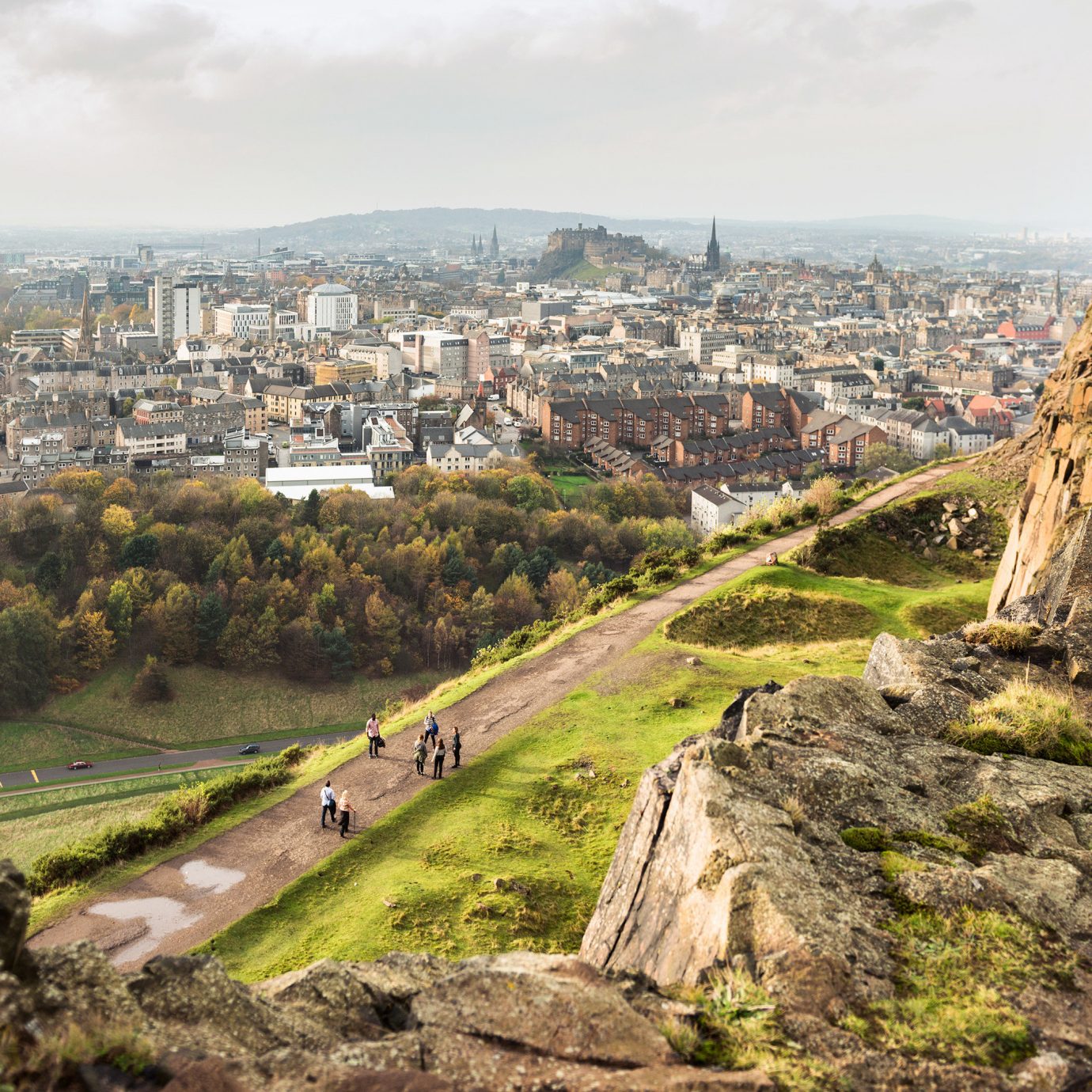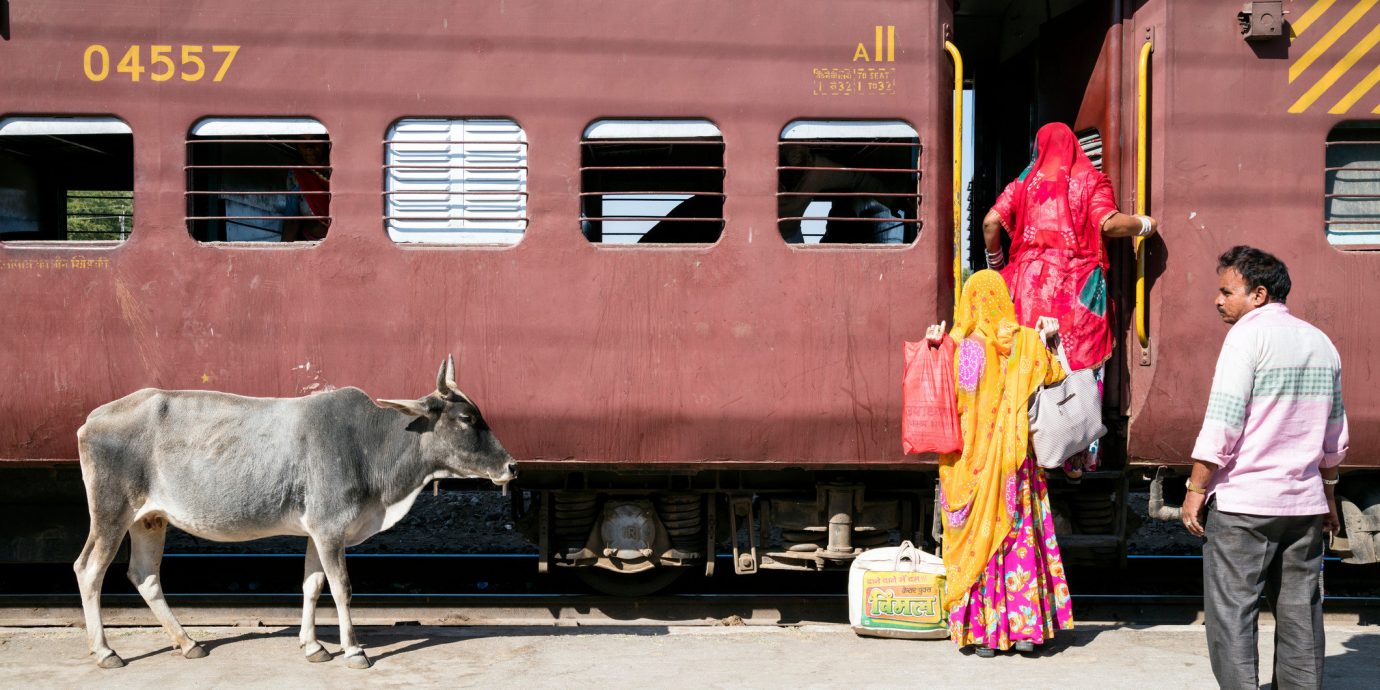
10 Tips for Taking the Train in India
There's nowhere else in the world like India–and that goes for everything, from its amazing culinary traditions to simply taking the train. India has the second-largest rail network on the planet, and it's estimated that 23 million people use the nation's trains every day. Given its sheer size, it's perhaps no surprise that navigating the trains in India can be confusing. And when you add all sorts of variables, from types of trains to the number of classes available on any given route, there's a lot of planning that goes into getting around by train. However, with a little bit of savvy—and our handy list of tips below—you'll be navigating India's railways like a pro in no time.
1. Book Ahead of Time
In India, it can sometimes feel like it’s you versus a billion-plus other humans at all times. And that holds true for taking the train as well. India’s railway is relied upon heavily for domestic travel, which means that demand for tickets is high. If you’re planning on hitting up the major cities and sights, you should book your tickets in advance (especially if your trip is only two or three weeks long). Ticket sales open 60 days before the day of departure, and you should aim to buy your ticket within the first day or two of any route becoming available. This is especially true during the yatra season (which begins in April and runs into the summer) and around major festivals like Diwali. During these times, domestic travelers are criss-crossing the nation to be with family or making religious pilgrimages.
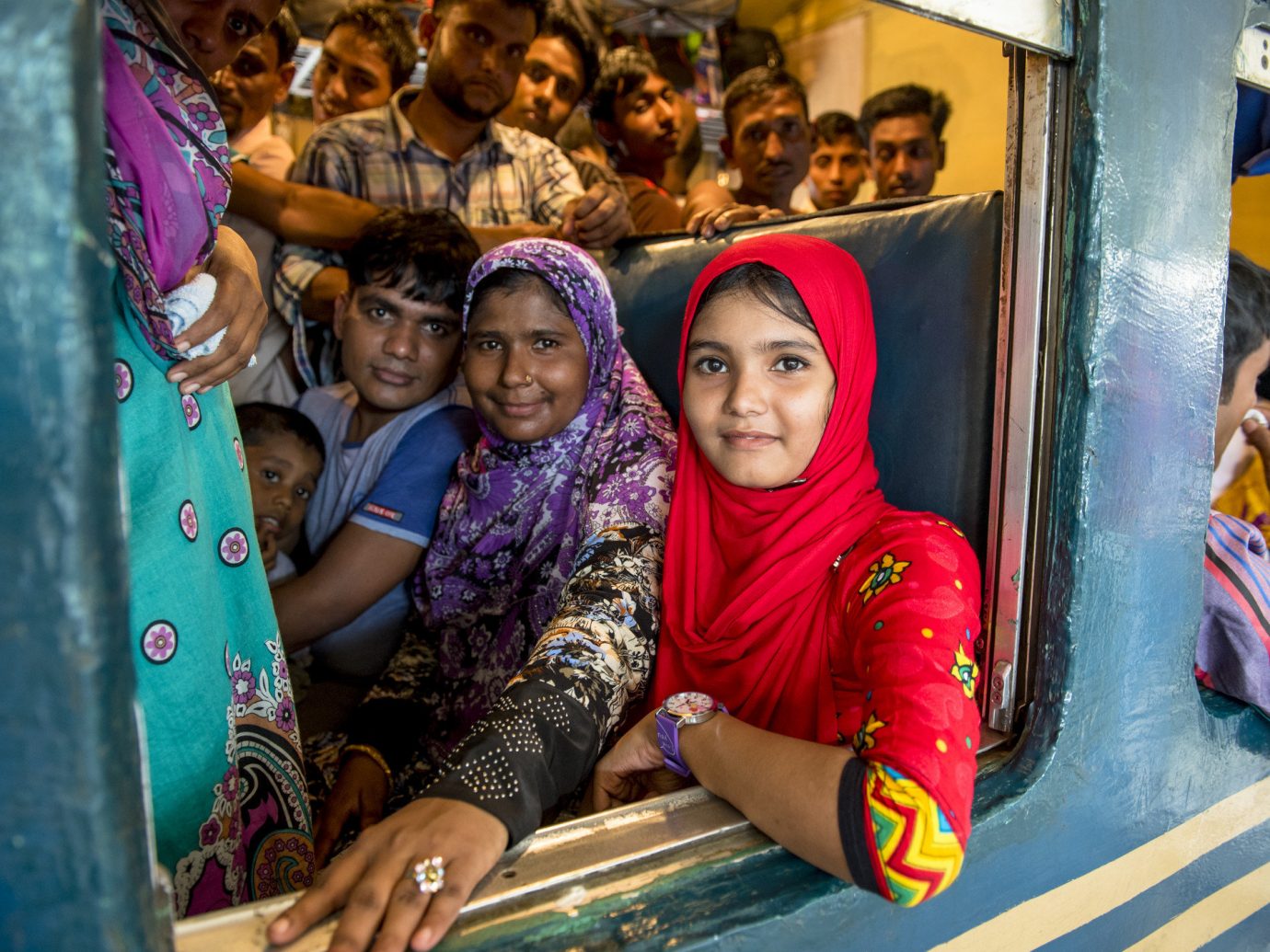
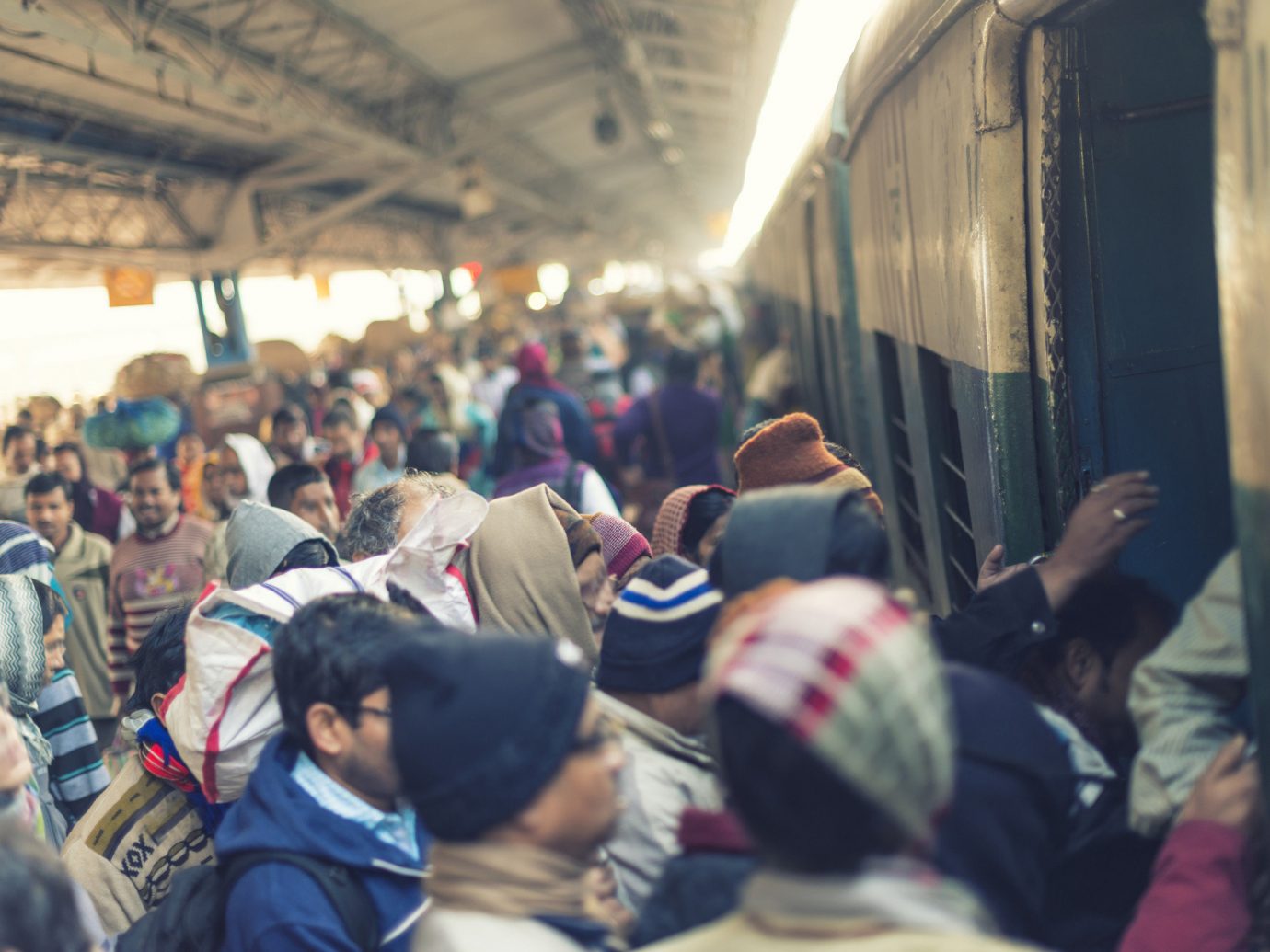
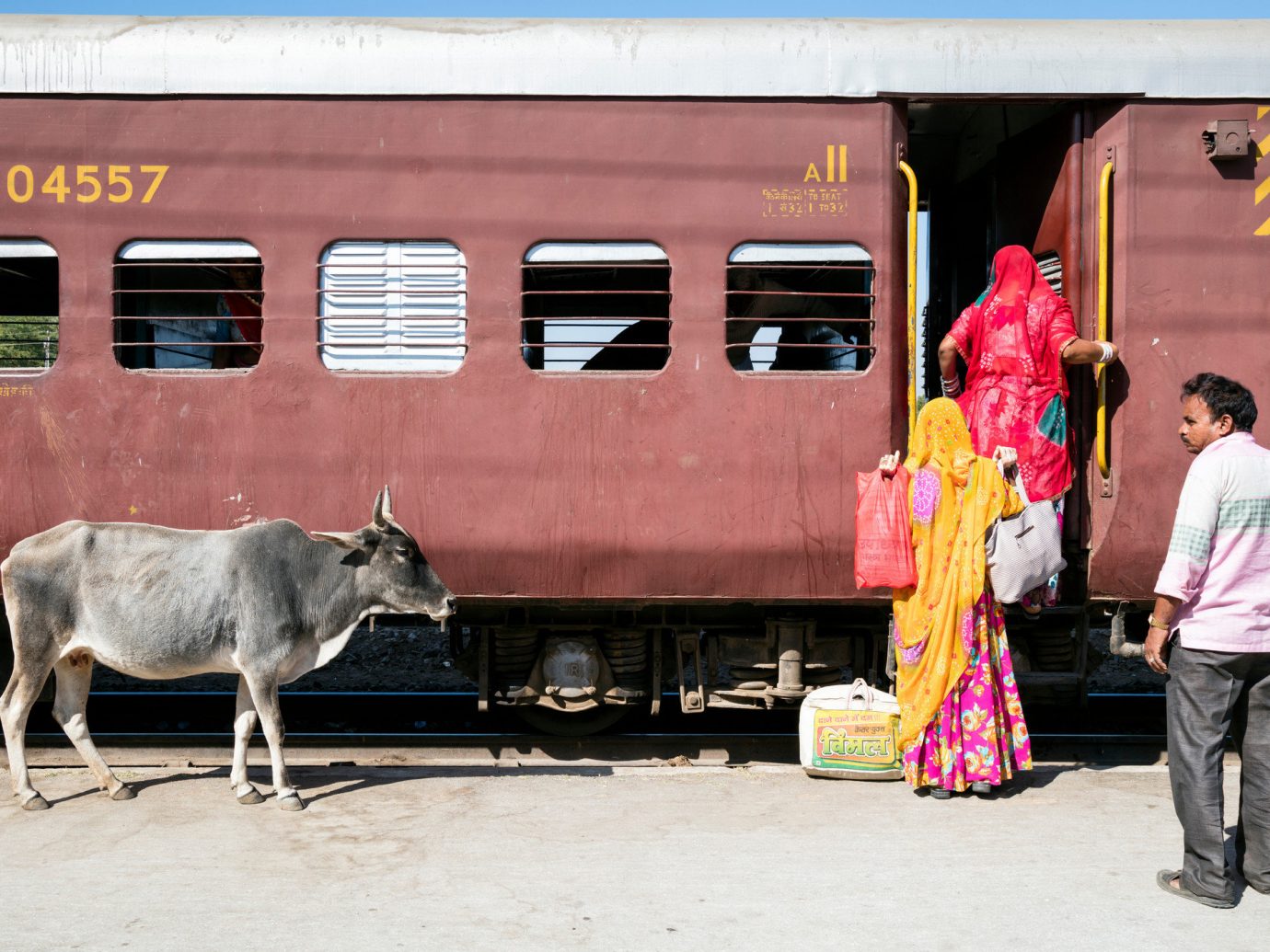
2. Register With Cleartrip.com Immediately
The most efficient way for international travelers to book Indian Railways tickets from abroad is by using Cleartrip.com. The website takes most international credit cards and provides an easy-to-navigate way of searching routes, classes, and times. However, getting set up with an account through Cleartrip will take time and patience, and requires registering with the IRCTC as well (Indian Railway Catering and Tourism Corporation). You will need a valid passport, which you’ll have to scan and email to the appropriate department. Then, over the course of one to several days, you’ll receive several emails containing different passwords, all of which you’ll need to complete your registration. Once you’re registered, though, Cleartrip is the simplest way to score guaranteed tickets in advance of your trip. For a breakdown of exactly how to set yourself up for the online ticketing system, check out India Mike’s incredibly detailed explanation of the process (and trust us —it works).
3. Decide Which Class is Right for You
Figuring out what class of ticket you should buy can be confusing, partially because the names of each class can be a bit deceptive. Let’s start with the basics: Sleeper or Second Class are the budget categories on nearly every route, and these carriages make up the bulk of most trains. Contrary to the Sleeper class’ name, it’s not exactly the most restful option. These cars have open windows and lack air-conditioning, and bunks are often so packed with other travelers that laying down may be an impossibility. Furthermore, you’ll need to take great pains to secure your luggage under the seat with a lock and chain, and should make sure that all of your valuables are zipped into compartments underneath your clothing. Still, prices on even the longest routes in this class are incredibly low, and many travelers find that it’s a fascinating window into how most Indians travel.
We suggest picking a 2AC ticket. This class is also offered on almost every major route (though 3AC is a fine back-up if it isn’t). These carriages are fully air-conditioned and the beds come with linens and pillows. They’re arranged in berths, with four bunks sharing one side of the aisle, and two sharing the other. During the daytime, the lower levels are converted into seats, while at night, people retire to their own berths. The most private berths are the upper bunks on the two-bunk side of the aisle, as they’re closed off by their own individual curtain (the four-bunk berths all share the same curtain separating them from the aisle). We strongly discourage booking the lower bunk on the two-bunk side, as you’ll get bumped into by everyone passing along the aisle. Plus, when the seats are converted into a bed, there’s a horrible gap that makes sleeping a brutal affair. These higher-category carriages are also generally safer when it comes to petty theft, though it’s still wise to secure your luggage. Meals are available in these categories, though the constant stream of vendors that regularly stop by the lower-class carriages will be absent.
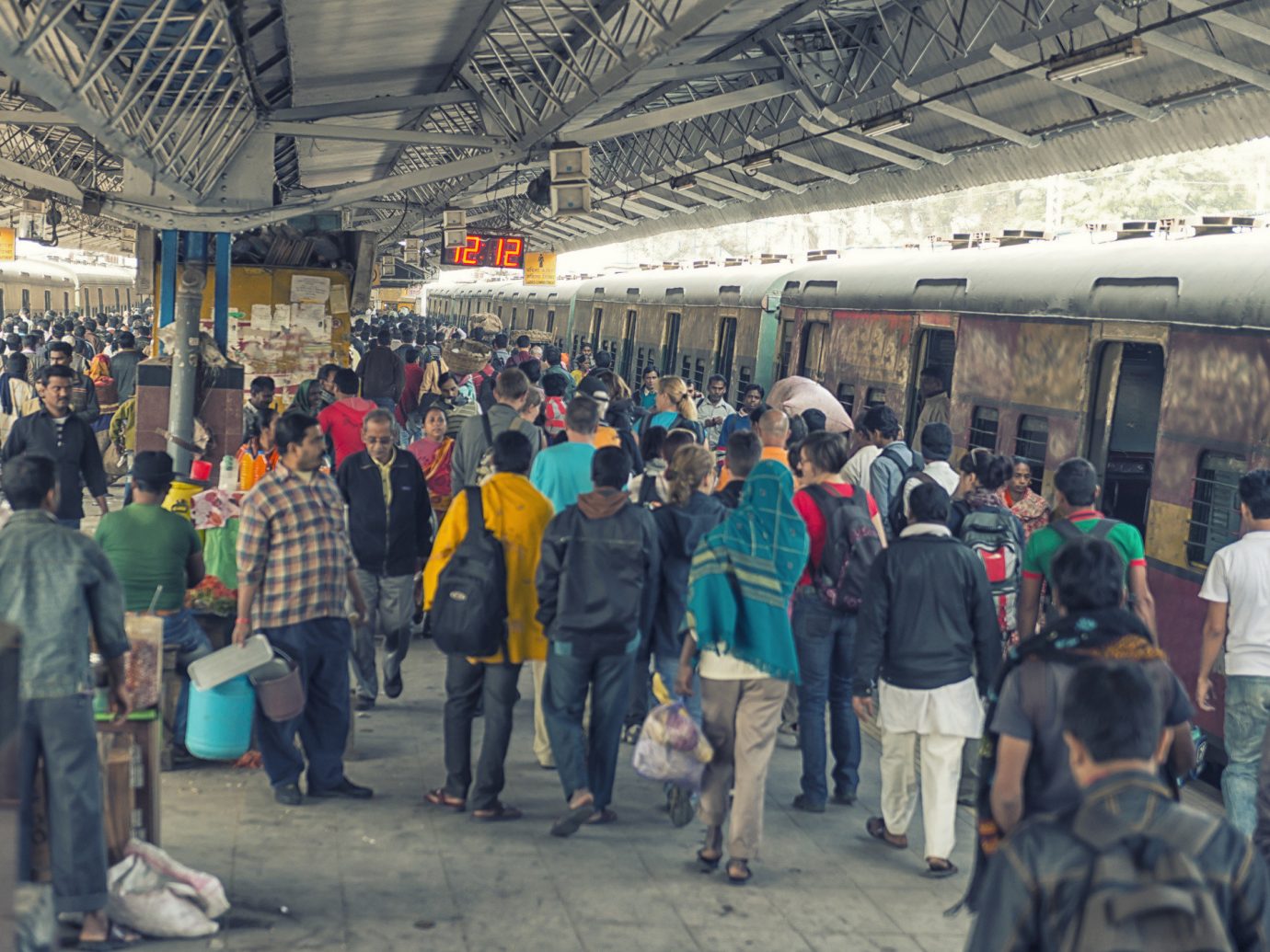
4. Snag a Foreign Tourist Quota Ticket
A word to the wise: Do not rely on Foreign Tourist Quota (FTQ) tickets as a guaranteed way to get around India. However, if you have a flexible travel schedule, are traveling in low season, and are based in a city like Delhi, they are an option for scoring a seat on an otherwise fully booked train. You can search for trains with FTQ tickets on several Indian Railways-related websites, though the tickets themselves cannot be booked online. Instead, a very small number of tickets are set aside on major tourist lines and must be paid for in cash (generally dollars, euros, or pounds sterling). Check the Indian Railways website for a list of stations where FTQ tickets are available, and be prepared to wait anywhere from five minutes to a couple hours depending on the day. As with regular tickets, these are available up to 60 days in advance.
5. If Your Route Is Sold Out, Check Nearby Stations
As tickets to many of the country’s major destinations go fast, it’s important to have a back-up plan. There are a couple of ways to get yourself on an already sold out train. First, try searching for a station that’s outside of the main city center, and then hire a cheap tuk-tuk to finish the journey. If that isn’t an option, you may be able to book a seat on a train to a sold out destination by paying for travel to a farther destination along the same route. These tricks can be helpful for perennially popular routes like Delhi to Varanasi. While tickets to Varanasi’s main station sell out quickly, bookings to nearby Mughal Sarai are often available. From there, a taxi back to Varanasi is around 45 minutes and generally won’t cost more than $5. Alternatively, if you’ve booked for a destination beyond yours, simply get off at your desired stop (just check the train itinerary to make sure your intended destination is along the route).
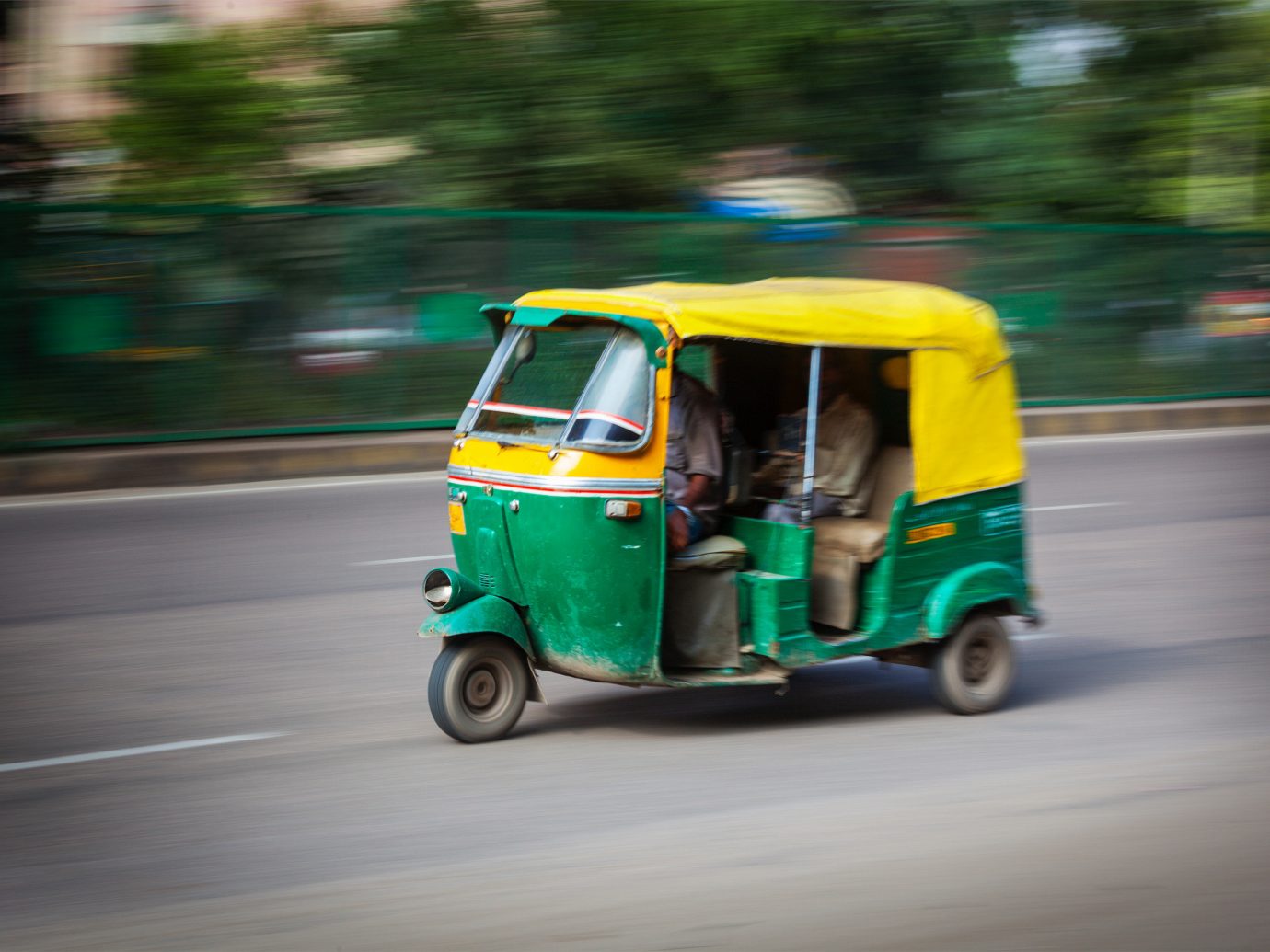
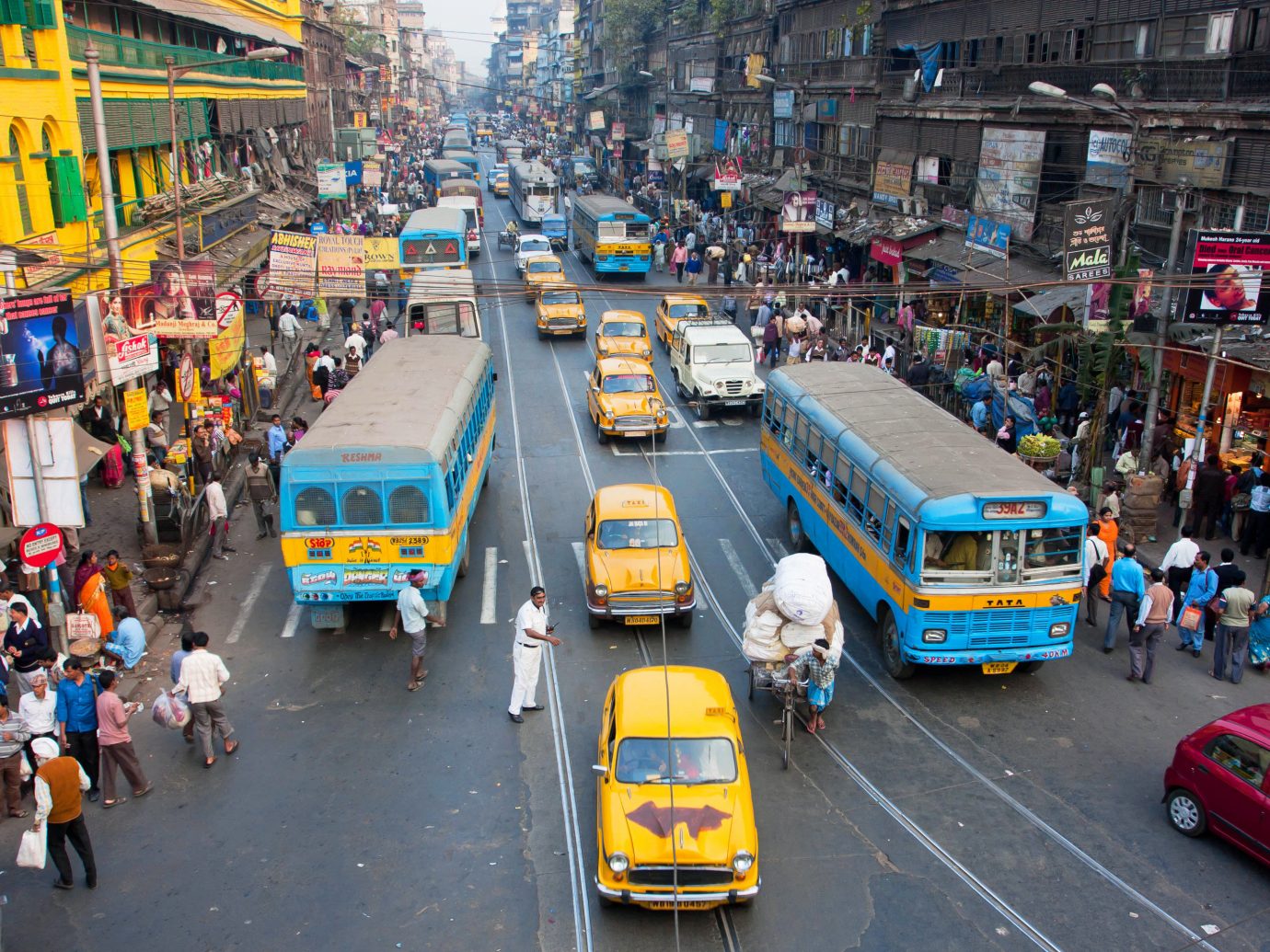
6. Be Prepared for Long Delays (and Bring Snacks)
While India’s railway system is impressive for its sheer size, the network is old and problems arise — frequently. Sure, bunking down in packed Gaya Junction in 115-degree heat for 10 hours while a train failed to show makes for good story material when you get home, but it can be a pretty miserable thing to endure in the moment. With that in mind, you should go into any Indian train journey with the expectation that you will not arrive at your destination on time. This means allowing at least a 24-hour window between any train-to-flight connections, or for anything else that’s time sensitive. Don’t be afraid to make friends with other travelers, particularly as you may need someone to guard your luggage as you scope out the food stalls, which are always clustered near major railway stations. Also, come armed with coins, as bathrooms in the train stations generally require a fee to use.
RELATED: The Best Hotels in India
7. Pay Attention and Have a Map Downloaded on Your Phone
There are no station announcements on Indian trains, meaning that you’ll have to keep your wits about you, particularly if you’re taking an overnight train and your stop is scheduled during sleeping hours. This can prove particularly challenging if you have a top bunk without a window. While major stations are labeled in English and Hindi, smaller stations often lack the English name or are only written in local script. Be aware of what your scheduled arrival time is in order to have an idea of where you might be, and have a mapping program with a GPS pre-downloaded on your phone ahead of time. Additionally, it’s worth knowing the names of the two stations before your destination to get a handle on when you’ll be arriving (trains sometimes make long, unannounced stops that can disorient even the most intrepid traveler, especially at night). If you find yourself in doubt, don’t be afraid to ask another passenger, as many are familiar with the route you are traveling.

8. Opt for Overnight Trains When Possible
The overnight train ride in India is one of travel’s great conveniences. Why? Well, you generally don’t waste a day in transit, you save money on having to shell out for a hotel room for the night, and there’s something magical about being whisked across the subcontinent under the stars. The option to sleep away more than half of your journey also means that time passes a bit faster. Just keep in mind that these trains are the most popular options on many routes.
9. Get to the Station Early
While there’s always the chance that your train won’t depart on time, that definitely doesn’t mean you should show up with just a few minutes to spare. Train stations can be huge (take a look at New Delhi‘s station for proof) and getting to the correct track means navigating security screenings, piles of luggage and cargo, porters, families sprawled out on blankets, vendors, and other confused passengers. It also means finding the departure board and then spending several minutes getting to the correct track, which may even change. Once you’re at the correct track, you need to find your coach number (indicated on your ticket) and check it against the printed-out seating chart that’s taped up next to your train carriage’s door.
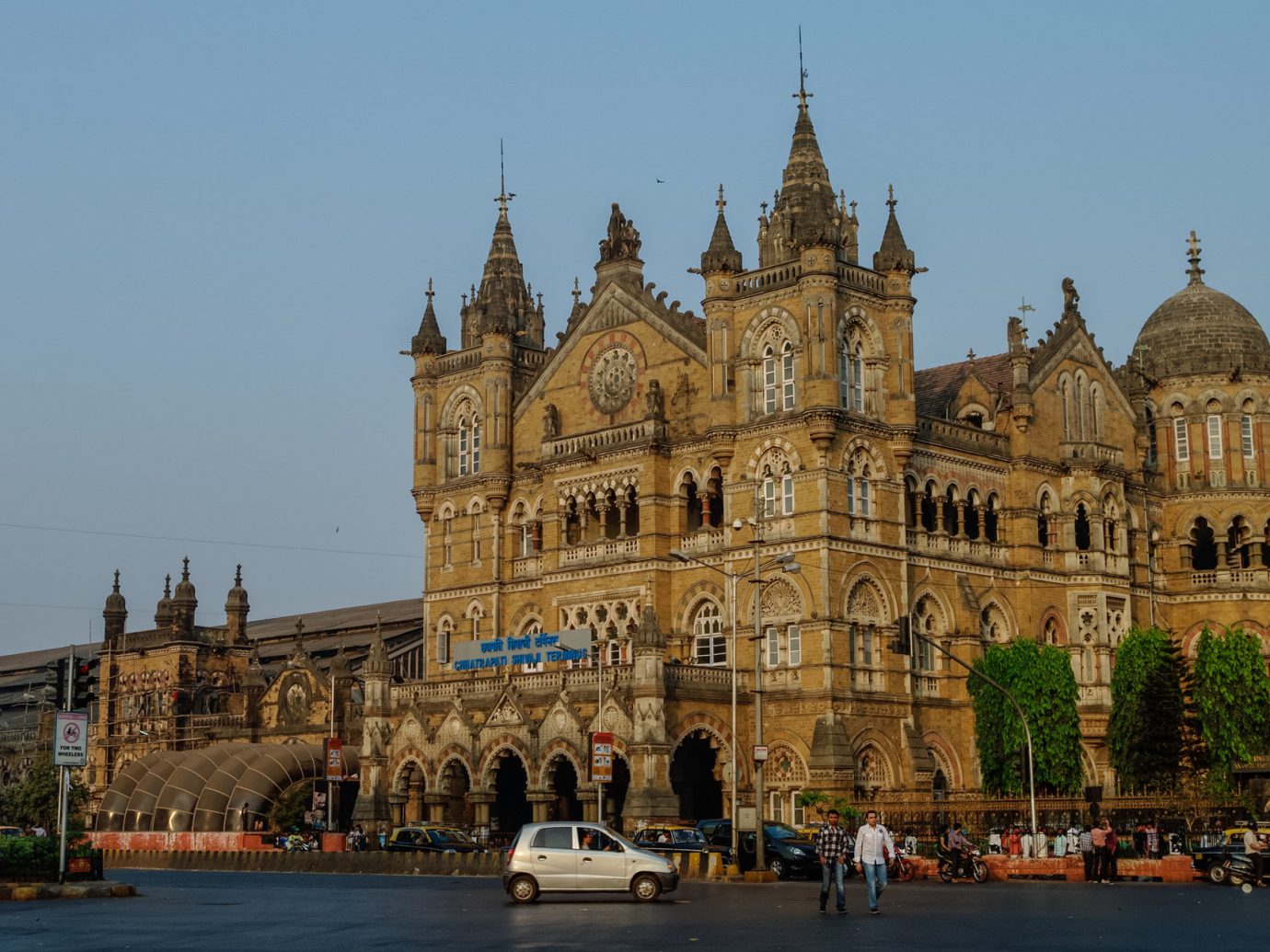
10. Bring Hand Sanitizer and Toilet Paper
How should we say this? Bathrooms on trains in India range from passably dirty to foul. And while the convenience of having a private toilet is not to be underestimated (this is sadly not the case for many citizens in the country), you’ll need to prepare yourself. Bathrooms in most classes have typical Indian squat toilets, no toilet paper, and limited running water. As with anywhere in India, a bottle of hand sanitizer is a must.
More from Oyster.com:
- What It’s Actually Like Landing in India for the Very First Time
- 8 Things Every Traveler Should Know Before Going to India
- Where to Go in India: A Cheat-Sheet to the Top Destinations
Read the original story: 10 Tips for Taking the Train in India by Kyle Valenta, who is a regular contributor to Oyster.com
Comments
All products are independently selected by our writers and editors. If you buy something through our links, Jetsetter may earn an affiliate commission.
Become a Jetsetter.
Use our insider connections to know where to go and what to do.
By proceeding, you agree to our Privacy Policy and Terms of Use.
Thanks for Signing Up!


